Table of Contents
10 Outstanding Contrapuntal Books for Guitar
With this post I’d like to share some Contrapuntal books suitable for guitarists. Some of these were written by players featured in my 10 Amazing Contrapuntal Guitarists post!
Having spent numerous hours studying guitar books, I have often lamented the fact that there were so few Contrapuntal books specifically for guitarists, which is also one of the main reasons I wrote, “Contrapuntal Improvisation” . Listed below are some of the best books on the subject matter. For those looking for inspiration or instruction, these books will certainly provide you with quality material to practice or derive inspiration. They are listed in no particular order.
The Art of Two Line Improvisation by Jimmy Wyble
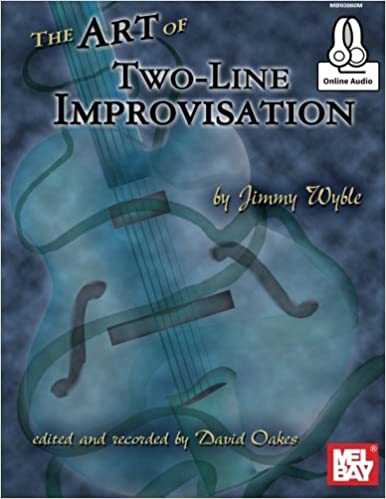
Jimmy Wyble’s book, “The Art of Two Line Improvisation” is a must have for the serious Contrapuntal guitarist. The book essentially is a collection of Wyble’s etudes, numbers 7-25 (Etudes 1-6 are in his earlier book, “Classical/Country”), a small instructional section, as well as two improvised pieces. There is a TON of useful information and technique to be gleaned from this collection!
Of course the highlight here are the Etudes themselves. There is a nice variety of pieces, all of which contain interesting insights into Contrapuntal playing. It should also be noted that David Oakes performance of the pieces is brilliant!
Harmonic Mechanisms (vol 1-3) by George Van Eps
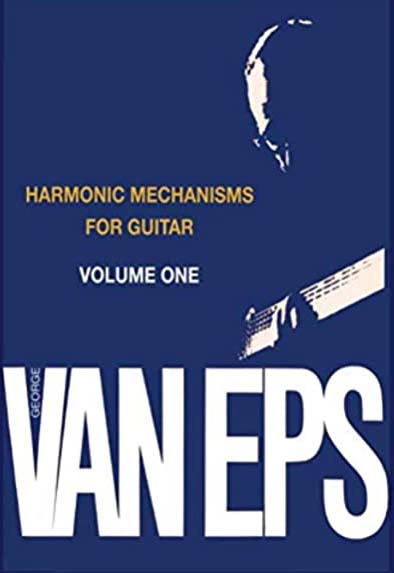
This is probably my all-time favorite series of guitar books. I’ve been working out of them for 40 years and I’ve barely scratched the surface. Van Ep’s magnus opus is a must have for any serious guitarist, especially of the Contrapuntal nature. There is a tremendous amount of material covered, so you will have to choose what you find interesting, and focus on that.
While the majority of the material is devoted to Van Ep’s triadic concepts, there is a plethora of other concepts that Contrapuntal guitarists will find useful. I particularly liked the sections devoted to 6ths, as well as those featuring 10ths. It is well worth scouring the pages, as there are some excellent examples that are touched upon on one page and are easy to miss.
J.S. Bach: 15 Two Part Inventions Transcribed for Solo Guitar by Ken Hummer
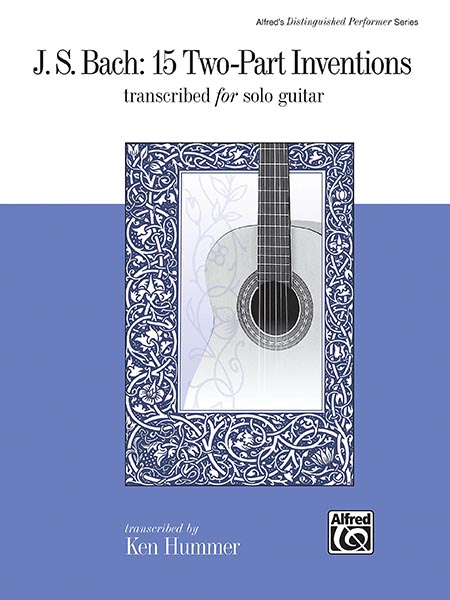
When I was younger I would buy Bach piano books and arrange some of the Inventions for guitar. It was a lot of work, yet it proved to be beneficial on many levels. If there was only a book like that for guitar…
… and Ken Hummer’s book, is that book, and he has already done the “hard” part for you. All of the arrangements are written out for guitar, so you can concentrate on just playing them. It should be noted that many of the songs are not in the original keys, but are instead arranged for suitable keys on the guitar.
The Bible of Classical Guitar Technique by Hubert Kappel
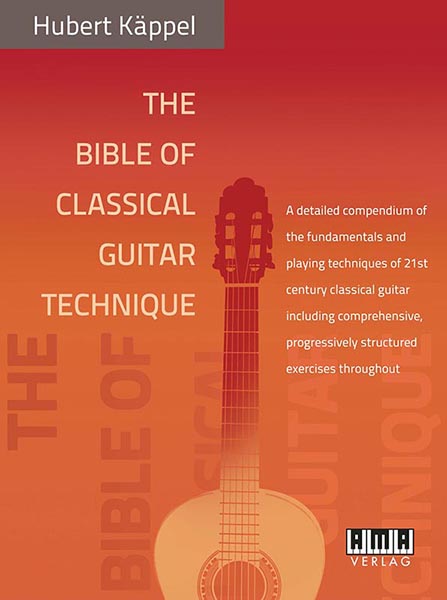
As someone who used to spend 12-16 hours a day practicing, I’ve always been on the lookout for new material to study, as well as worthy material to add to my teaching repertoire. This book was a revelation upon discovering it a few years ago. This is one of the best books I’ve come across in years!
The book covers a wide range of material suitable for all guitarists who play fingerstyle guitar. The main sections are devoted to exercises based on Arpeggios, Coordinating both hands, Scales, and Slurs. There is a lot of unique material contained within and I’ve been quite impressed with the results that I have gotten out of the book.
Guitar Solos by George Van Eps
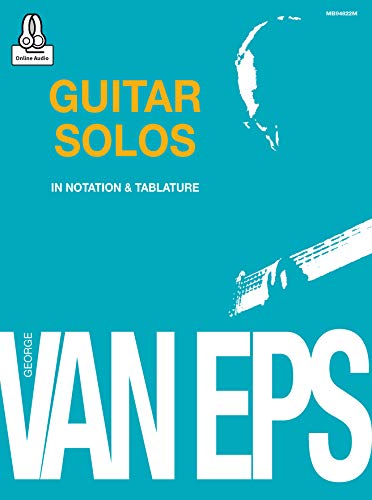
Guitar Solos by George Van Eps provides the player with nine songs in which to put to use the various techniques that Van Eps introduced in his Harmonic Mechanism books. There’s a decent variety of solo guitar pieces, with some of them noticeably more interesting than others. I have always enjoyed playing “Love Theme No. One”, due in large part to the interesting movement of voices.
Originally this was published without a CD or any source material, so you needed to have some reading chops in order to work your way through it. However, nowadays there are editions that have a CD (performed by Charles Chapman), as well as being available as online audio. The book provides an interesting insight into a great harmonic player.
Counterpoint For Guitar by Dusdan Bogdanovic
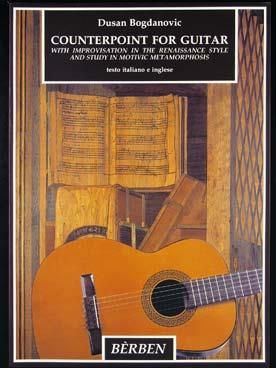
There are very few guitar books devoted specifically to Counterpoint on the guitar, yet this is one of them, and perhaps the best one. Bogdanovic presents the material in three sections: Counterpoint for Guitar, Improvisation in the Renaissance Style and Study in Motivic Metamorphosis. All three sections are interesting, however the Counterpoint and Improvisation sections stand out.
The Counterpoint section is devoted to five species in two voices and fives species in three voices. Although geared towards Classical players, Contrapuntal Jazz guitarists will find many interesting concepts to add to their playing. The scope of the book specifically covers the Counterpoint techniques of the 16th century.
The Study Of Counterpoint by Johann Joseph Fux
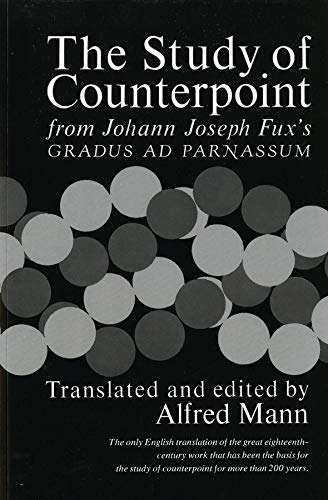
The Study of Counterpoint by Johann Joseph Fux is considered by many to be the most accessible and informative books on the subject of Counterpoint. It is written in an interesting Student/Master dialogue that allows the reader to “become one” with the conversations. There’s a good reason why it was studied by many of the Classical Masters. If you want to learn Counterpoint, this book is a must read.
Martin Taylor Guitar Method by Martin Taylor
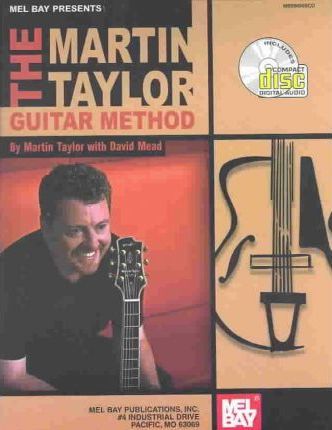
Martin Taylor’s Guitar Method presents a thorough overview of the inner workings of a Contrapuntal guitarist. There is a copious amount of words and descriptions throughout the book, which are all quite instructive. Various topics are covered, particularly sections on 10ths and Basslines. The book is more for intermediate to advanced players, and provides a solid overview of the techniques used by Contrapuntal guitarists.
One of the highlights of the book is the inclusion of 38 audio tracks, most of which are of Taylor playing the musical examples. The examples provide the player with some nice material to emulate. Noteworthy is the section taking “Danny Boy” from a basic piece to a performance worthy piece.
Concepts by Howard Morgen
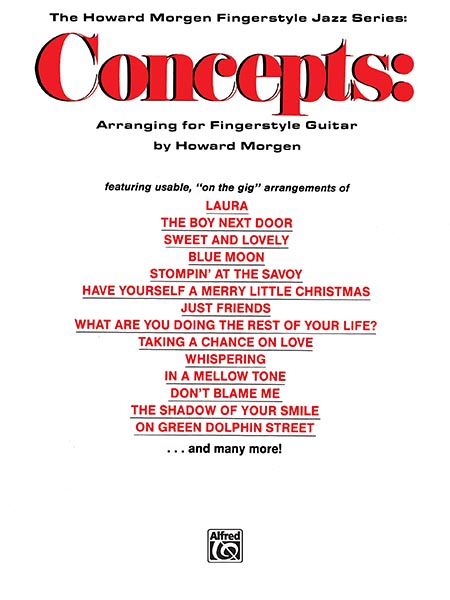
Concepts by Howard Morgen is the second book in his series on Fingerstyle Guitar (Preparations being the first) and it is clearly the best one. Howard takes you through several subjects, with an emphasis on Bass Lines and Chord Melody. The included songs are used as vehicles to teach the topics at hand.
Besides being an excellent primer on Fingerstyle Jazz, the book presents a wealth of information of various subjects such as: Choosing Keys, Backcycling, Reharmonization and more. This is an excellent book for someone interested in beginning to play Fingerstyle Jazz or Contrapuntal guitar. The choice of songs, and the theory/harmony throughout, makes for a quality tome.
200 Canons Op14 by Konrad Max Kunz
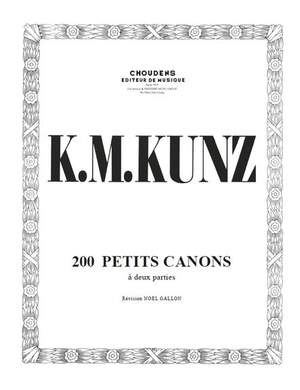
Although the 200 Canons Op.14 by Kunz is a piano book, it offers a guitarist willing to expend some “elbow grease”, an opportunity to play two part Canons on the guitar. Written in both treble and bass clef, the tunes start off fairly easy and grow in complexity. Do to some of the pieces keys/range, you will have to figure out which ones you are able to transpose to work on the guitar.
The pieces are quite short and provide the player with an interesting assortment of Canons to practice. Early pieces feature half notes, before moving onto quarter notes, etc. There is an enormous amount of material here for someone interested in playing piano Canons on the guitar.
Martin Taylor Demonstrating How to Achieve Counterpoint with Fingerstyle Guitar
Final Words
There’s a lot of quality books listed above, and anyone who is willing to put in the effort to work through them will be rewarded with the results. Perhaps with the growing interest in Contrapuntal guitar playing, we will start to see some more interesting books hit the market. I’m always on the lookout for quality books, so if I left off a Contrapuntal book that you feel would be of interest, feel free to let me know in the comments below!


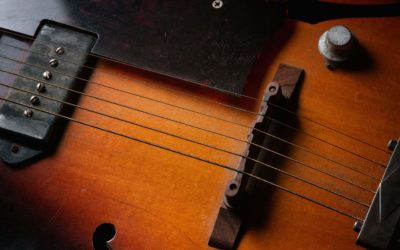
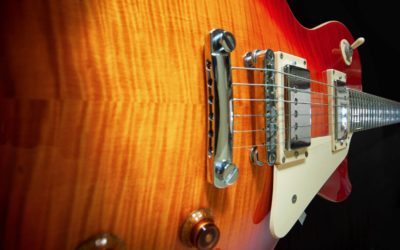
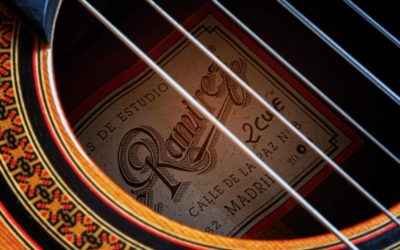
Thank you maestro
You are quite welcome, my friend! Thank you for taking the time to read it – much appreciated! 🙂